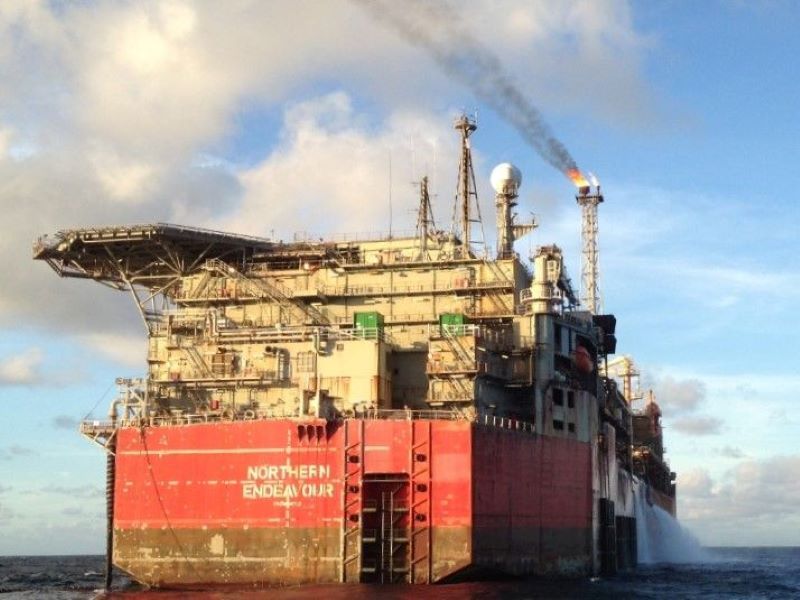The Industry department has brought in a Canberra consultancy to start planning how to plug a disused oil well left by an ageing oil vessel floating in the Timor Sea. It comes after a $357 million contract was awarded in April for the first phase to decommission and disconnect the facility.
The Northern Endeavour is a 274-metre former oil production vessel connected to the Corallina oilfields about 550 kilometres north-west of Darwin. Its former owners went into liquidation in 2019, leaving responsibility of the facility and its decommissioning to the Australian government.
Parliament passed legislation in April to impose a temporary levy on industry to recover the costs of decommissioning and remediating the oilfields and associated infrastructure to ensure taxpayers aren’t left with the bill.

In April, former Resources minister Keith Pitt announced a $325 million contract has been signed with Petrofac Facilities Management Limited to deliver Phase 1 of the project following a global competitive tender.
By the time the contract was publicly reported a month later, it had risen to $357 million.
As the lead contractor on phase one, UK-based Petrofac Facilities Management has been tasked with Decommissioning and disconnecting the facility from the subsea equipment.
The company expects to complete this by around October next year.
British multinational engineering and consulting business Wood won an $8.8 million contract to oversee phase one in partnership with the Australian government, in what the company said is the first time the government has selected a partner in this type of contract.
Separate contracts are expected to be awarded for the second permanent plugging and well abandonment phase and the final phase of removing the subsea infrastructure and remediating the Laminaria and Corallina fields.
To develop a plan for the second and third phase, the Industry department has enlisted the help of Canberra consultants Ngamuru Advisory. Currently run by former Defence official Harry Dunstall, the advisory won a one-year $2.2 million contract last week.
A spokesperson for Industry told InnovationAus.com Ngamuru Advisory would “assist the development and procurement for Phase 2 and 3, provide strategic commercial and procurement advice, draft procurement planning and tender documentation and support the conduct of negotiation activities.”
Exactly what will be in the contracts for the second and third phase has raised concerns about what state the Laminaria and Corallina fields will be left in.
Former Senator Rex Patrick, who was monitoring the project during the last Parliament, said the levy arrangement paying for the project means the offshore oil and gas industry may push for a cheaper approach that leaves infrastructure on the seafloor rather than fully restoring the environment.
“[The industry will put] a bunch of pressure on government to do the minimal work that is required, rather than the proper job of bringing it back to its pristine state,” Mr Patrick said when the phase one contract was announced in April.
More than $230 million was spent to keep the Northern Endeavour in a “lighthouse” mode before decommissioning started, and Mr Patrick has warned the final bill could spiral to $1 billion. The national audit office this week flagged a potential inquiry of the procurement of services to maintain the Northern Endeavour before the decommissioning began.
The oil and gas industry group has already been highly critical of the levy, saying it is an “extreme” measure and other companies should not be paying to decommission a project they saw no benefit from.
Oil and gas giant Woodside sold the Northern Endeavour facility to Northern Oil & Gas Australia (NOGA) in 2016. Rival companies have criticised the sale to the smaller company that couldn’t afford to decommission it. Woodside has denied it sold its majority interest in the Laminaria-Corallina oil fields, including the facility, to NOGA to avoid the costs of decommissioning the facility and rehabilitating the environment.
Do you know more? Contact James Riley via Email.

